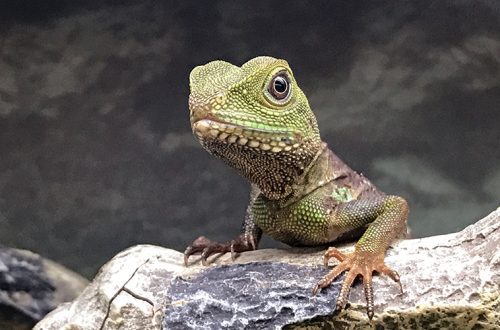
The motherland of the red-eared turtle, how and where did the red-eared turtle appear?

The original homeland of the red-eared turtle is the southeastern part of the United States, Central America and certain countries of South America. However, subsequently these animals spread to all other continents, excluding Antarctica. They were also brought to Russia, where they live even in the natural environment.
Contents
Where did the red-eared turtle come from?
The origin of the red-eared turtle is connected with the southern and eastern states of the United States. Historically, these animals appeared on the American continent, so today they are most common in North, Central and partly South America. The first description of red-eared turtles is found in the book Chronicle of Peru, which was written in the middle of the 16th century. It mentions that these animals were used as food, like Galapagos tortoises.
The study of the species began much later, in the 19th and 20th centuries. Zoologists have repeatedly attributed these reptiles to one or another species. And their own name and a specific genus, the species was assigned to them only in 1986. Therefore, although the history of the origin of these animals dates back several centuries, their existence became known relatively recently.
During the 20th century Red-eared turtles have spread to all continents except Antarctica. They were brought (introduced) to the following countries:
- Israel;
- England;
- Spain;
- Hawaiian Islands (owned by the USA);
- Australia;
- Malaysia;
- Vietnam.

In Australia, where the red-eared turtle has a short life, it has already been recognized as a pest and conservation measures have begun for other species. The fact is that these turtles actively compete with local reptiles, which is why there is a real threat of their extinction.
How red-eared turtles take root in Russia
These reptiles are native to the warm countries of Central, North and South America. Therefore, initially zoologists had great doubts about whether the turtle could take root in the Russian climate. The species was brought and began to acclimatize in Moscow and the Moscow region. As a result, it turned out that the turtle was able to survive in these conditions. It is reliably known that red-eared live in such places:
- Yauza River;
- Pehorka River;
- Chermyanka River;
- Kuzminsky ponds;
- Tsaritsyno Ponds.
Individuals are found both singly and in groups. These are mainly small turtles, but there are also representatives up to 30-35 cm in length. For the winter, they go to the bottom of reservoirs and burrow into the sand, falling into hibernation around October or November. They return to active life in April or May. Therefore, despite the fact that the homeland of red-eared turtles is countries with a tropical and subtropical climate, they may well take root in more severe conditions.
Video: how red-eared turtles live in Russia in the wild
Homeland and origin of the red-eared turtle
3.6 (72.86%) 14 votes







